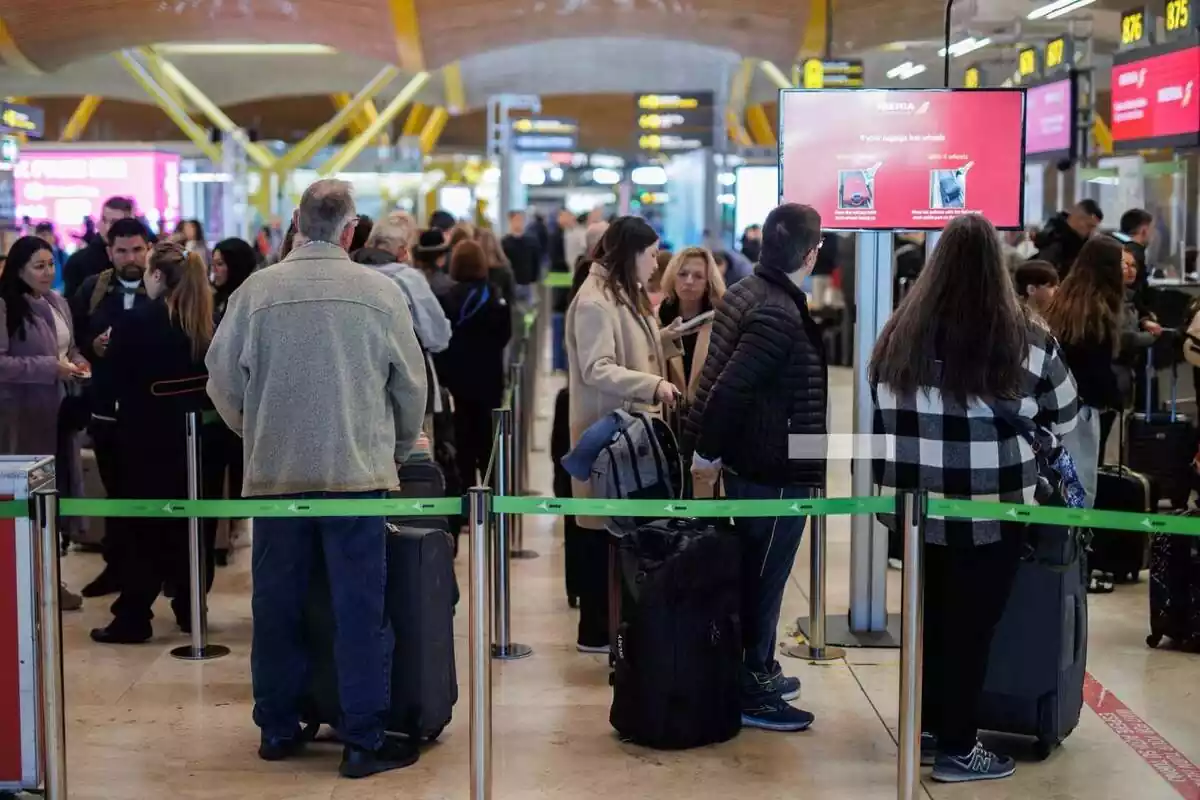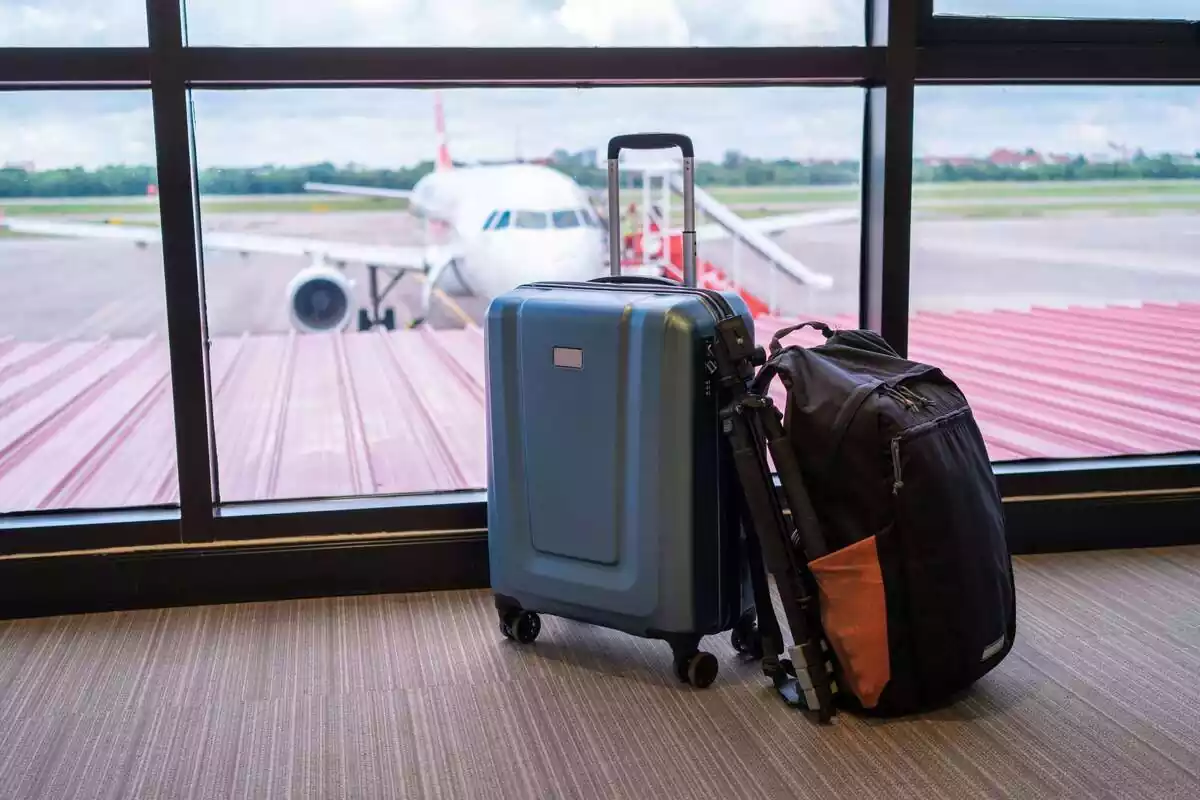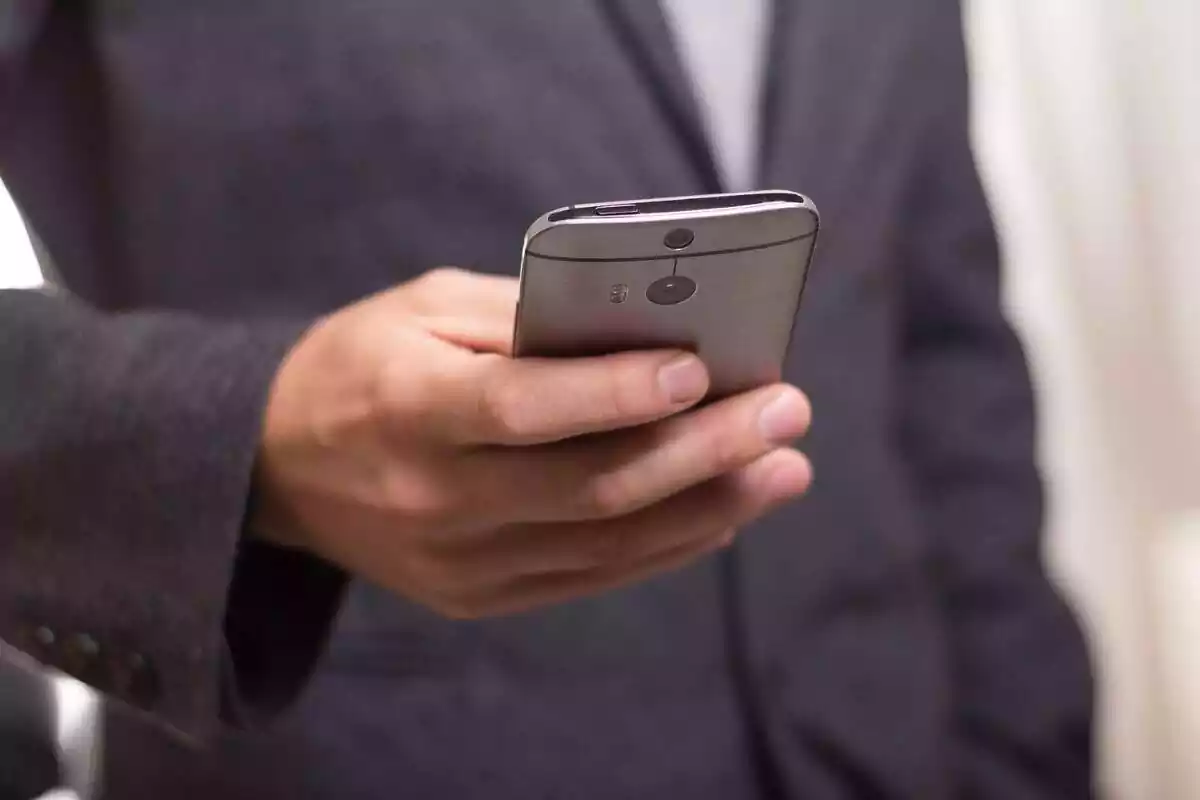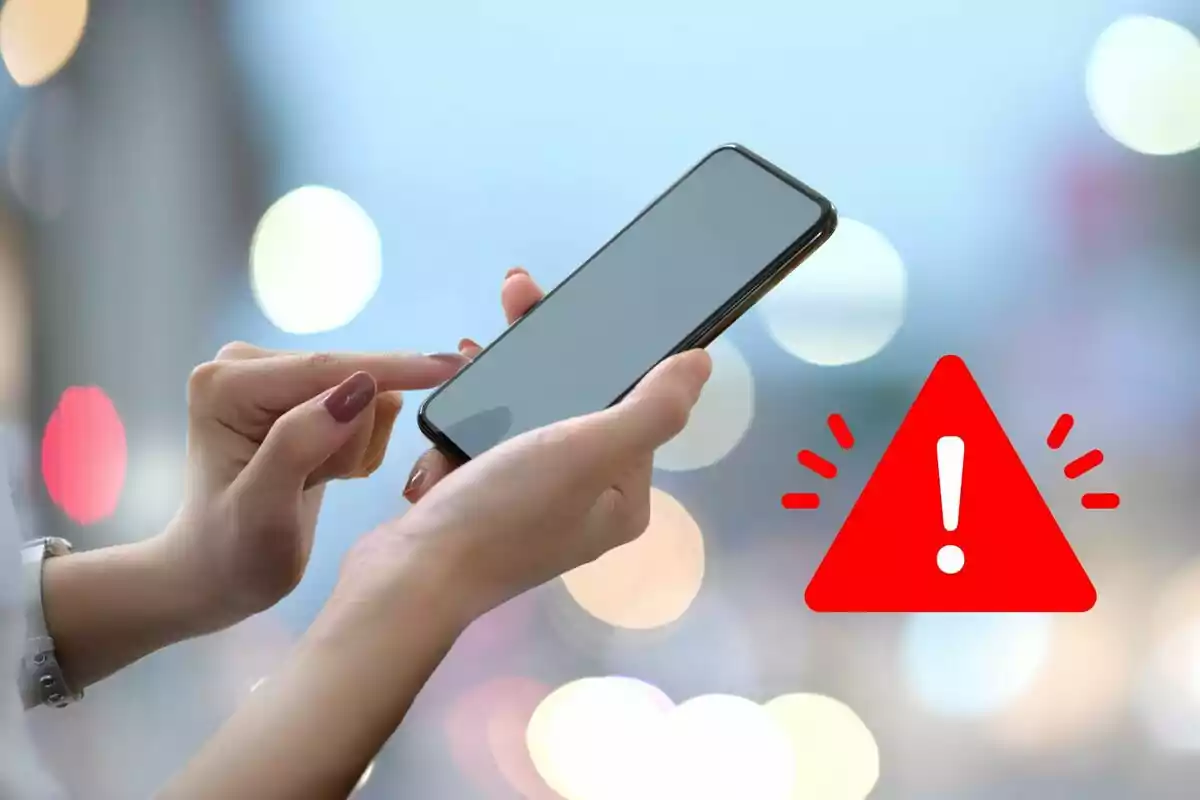Traveling by plane has become a routine for millions of people, but there are details in the process that still go unnoticed. One of them is what we do with our phone right before going through security. Most people leave it in the scanner tray without a second thought, not knowing that this simple act can open the door to a bigger problem.
The Transportation Security Administration (TSA) has warned about the growing number of mobile phone thefts at airport checkpoints. The situation happens in a matter of seconds; while you're looking for your boarding pass, someone can grab your device without raising suspicion. The fast pace and disorder in the area make it easy for these thefts to go completely unnoticed.

The key moment when your personal items disappear
According to data from various airport agencies, this type of theft usually occurs in the interval between when the phone enters the conveyor belt and when the passenger picks it up. In that moment of confusion, it's easy for someone to take someone else's device without anyone noticing. Sometimes they even pretend it's a mistake: they act confidently, put it away quickly, and disappear into the crowd.
In addition, we're not just talking about the economic value; nowadays, phones store everything from banking data to official documents and digital credentials. Losing it doesn't just mean having to buy another one, but also taking on a digital risk that can have serious consequences. If the device isn't properly protected, accessing its content isn't as complicated as we think.

The other side of security checkpoints: thefts that are hard to track
In many cases, the phone never reappears. Even though there are lost and found offices and surveillance cameras, stolen devices are hard to track. The lack of external identification, such as a visible serial number, and the delay in reporting the loss work in the thief's favor.
Some airports have recorded a considerable increase in incidents of this kind in recent years. In cities with heavy international traffic, dozens of cases have been reported each month. Many travelers don't discover the disappearance until they reach the boarding gate, when it's practically impossible to react in time.

What can be done to prevent it?
The main thing is to avoid placing your phone directly in the tray. It's better to keep it in a closed pocket inside your purse or backpack. If you still decide to leave it out, place it between large objects and keep an eye on your tray throughout the process.
It's also advisable to activate tracking features before flying. Tools like "Find My iPhone" or "Find My Device" can make a difference if something unexpected happens. However, no technology replaces something as basic as keeping an eye on your belongings.
How to respond to an unexpected theft
If the phone has already disappeared, the first thing to do is go to the terminal's lost and found office. If there's suspicion of theft, it's best to file a formal report with the airport police. Of course, block access to the device as soon as possible through your account.
We're relying more and more on our phones for absolutely everything, from paying to identifying ourselves. That's why losing it in the middle of a trip can become a real nightmare. Protecting it starts with not underestimating it.

